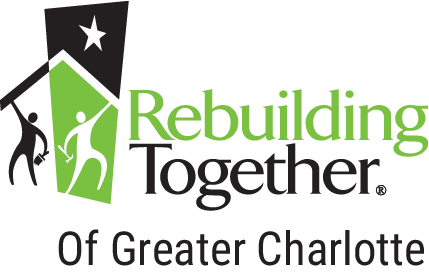The Growing Insurance Crisis: A New Challenge for Homeowners
This post by Steve Koller first appeared on the Joint Center for Housing Studies of Harvard University.
As housing affordability continues to be a pressing issue, a new crisis is adding to the financial strain on homeowners: skyrocketing insurance premiums. A recent report from the Joint Center for Housing Studies at Harvard University highlights how rising insurance costs are exacerbating the already high expenses of homeownership.
The Surge in Premiums
Since the Great Recession, homeowners insurance prices have soared by 74%, while home prices have increased by more than 40%, even after adjusting for inflation. Between 2020 and 2023 alone, insurance premiums rose approximately 20%. This increase affects both general homeowners insurance and hazard-specific policies for risks like floods and earthquakes.
Average homeowners insurance premiums for 2022–2024 are calculated by multiplying Insurance Information Institute estimates of average homeowners premium in 2021 by estimated annual effective homeowners insurance rate changes nationwide according to S&P Global. Premiums are calculated in 2024 US dollars using US Bureau of Labor Statistics Consumer Price Index Inflation Calculator. Case-Shiller index does not account for inflation.
Sources: Insurance Information Institute (2022); S&P Global; S&P CoreLogic Case-Shiller U.S. National Home Price Index; Property Insurance Plans Service Office.
The Role of Insurance in Homeownership
Insurance plays a crucial role in the housing market. It not only facilitates access to mortgage credit but also provides financial relief when disasters strike, helping homeowners rebuild and maintain their equity. However, with the increase in climate-related hazards, the insurance market faces significant challenges, including unprofitability and market exits by private insurers in states like California, Louisiana, and Florida.
A Shifting Landscape
As private insurers struggle, more homeowners are turning to state-supported Fair Access to Insurance Requirements (FAIR) plans, which act as insurers of last resort. The number of policies under these plans has grown significantly, indicating stress in the private insurance market. The National Flood Insurance Program (NFIP), a critical safety net for homeowners in flood-prone areas, has seen a decline in policy uptake, with the number of residential policies decreasing from 5.4 million in 2009 to 4.5 million in 2023. This decline reflects a gap in protection for homeowners against flood risks.
Looking Ahead
While there are innovative developments in the insurance industry, such as new parametric products and technological advancements, the rising costs from climate change-related hazards continue to pose challenges. As the Joint Center for Housing Studies of Harvard University report emphasizes, insurance will remain a key mechanism for financial resilience, but it must be complemented by improved infrastructure and smarter land use regulations to mitigate risks effectively.
At Rebuilding Together of Greater Charlotte, we recognize the critical role that insurance plays in protecting homeowners. As we work to provide safe and healthy housing, understanding and addressing the impacts of rising insurance costs is essential in supporting our communities. As other costs related to homeownership rise, maintenance and repairs get less affordable — meaning there are more neighbors for us to serve.


